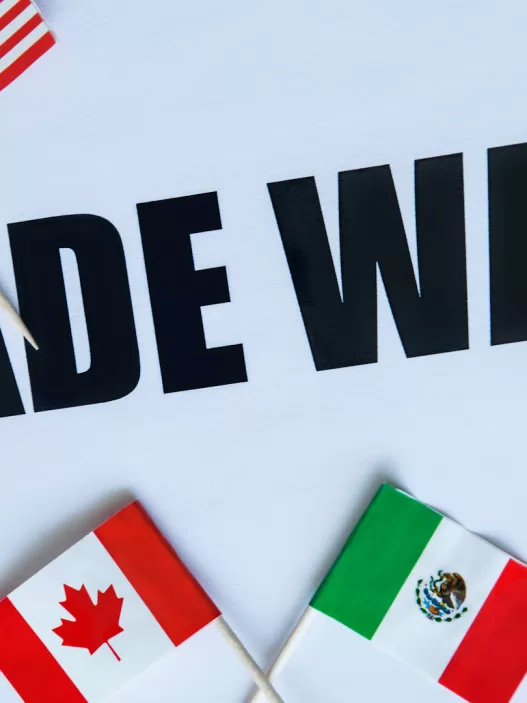
Alright, Canadians, let’s talk about Maximize Your TFSA. Your Tax-Free Savings Account (TFSA), a.k.a. the secret weapon for building wealth without giving the taxman a cut. Whether you’re stacking cash for retirement or just looking to earn some tax-free passive income, you’re gonna want to pay attention.
One of the smartest TFSA strategies out there? A mix of dividend stocks and Guaranteed Investment Certificates (GICs)—the dynamic duo that can keep your money growing and flowing. Let’s break it down.
TFSA Limit for 2025: How Much Can You Stash?
First things first—the 2025 TFSA contribution limit is $7,000, which brings your total available space to $102,000 if you’ve been maxing it out since day one. That’s a solid chunk of change to build a passive income machine that complements your pension and other retirement income.
Here’s the kicker: all interest, dividends, and capital gains earned inside your TFSA? 100% tax-free. You can pull the full amount whenever you want, and the CRA won’t touch a dime. Plus, TFSA income doesn’t count toward your net world income, meaning your Old Age Security (OAS) stays safe from those annoying clawbacks.
Heads-up for retirees—once your net world income hits $93,454, you start losing $0.15 of OAS for every dollar over that threshold. Go over by $10K? Say goodbye to $1,500 in OAS. Ouch. That’s why it’s crucial to hold income-generating assets inside your TFSA instead of taxable accounts.
GICs vs. Dividend Stocks: The Showdown
So, should you go all-in on GICs, dividend stocks, or a mix of both? Let’s weigh the pros and cons.
Guaranteed Investment Certificates (GICs): The Safe Bet
Remember when GICs were paying out a sweet 6% in 2023? Yeah, those days are gone. With interest rates cooling off, current GIC rates sit around 3% to 4%, depending on the term and the institution. Still, they beat inflation and offer zero risk—as long as you stay within the $100,000 CDIC coverage limit.
The Upside:
- Risk-free returns
- Predictable income
- No market volatility
The Downside:
- Cash is locked up until maturity
- Fixed rates mean you might miss out on higher returns if rates spike
If you like sleeping soundly at night and don’t need immediate liquidity, GICs are a solid option.
Dividend Stocks: The Growth Play
Dividend stocks, on the other hand, come with a little more spice. Sure, prices can swing, but top TSX dividend stocks have a history of dishing out reliable (and growing) payouts. A prime example? Enbridge (TSX:ENB).
Enbridge has pumped out dividend increases for 30 straight years, and with a current yield of 5.9%, it’s still an attractive pick. The best part? Every time they hike the dividend, your yield on the original investment gets better. Plus, stocks can be sold anytime, offering more flexibility than a locked-in GIC.
The Upside:
- Potential for dividend growth and capital appreciation
- Flexibility to sell when needed
- Some stocks have outpaced inflation for decades
The Downside:
- Market volatility (yup, prices go up and down)
- Dividend cuts can happen if companies struggle
If you’re okay with some risk and want the potential for bigger gains, dividend stocks deserve a spot in your TFSA.
The Perfect Mix: GICs + Dividend Stocks
So, what’s the magic formula? It depends on your risk tolerance and cash flow needs. A diversified mix of both can give you the best of both worlds—steady income from GICs and long-term growth from dividend stocks.
In today’s market, you can easily build a portfolio averaging a 4.5% return, meaning a fully maxed-out TFSA of $102,000 could bring in $4,590 per year, or $382.50 per month, tax-free.
Final Thoughts: What Should You Do?
If you’re a retiree, prioritize GICs to protect your cash. Younger investors? Lean more into dividend stocks for long-term growth. Either way, make your TFSA work smarter, not harder.
And before you drop $1,000 into Enbridge, consider this—the top analysts over at Motley Fool have their eyes on other stocks they believe could deliver monster returns in the coming years.
Choose wisely, invest smart, and let your TFSA do the heavy lifting for your financial goals.
















